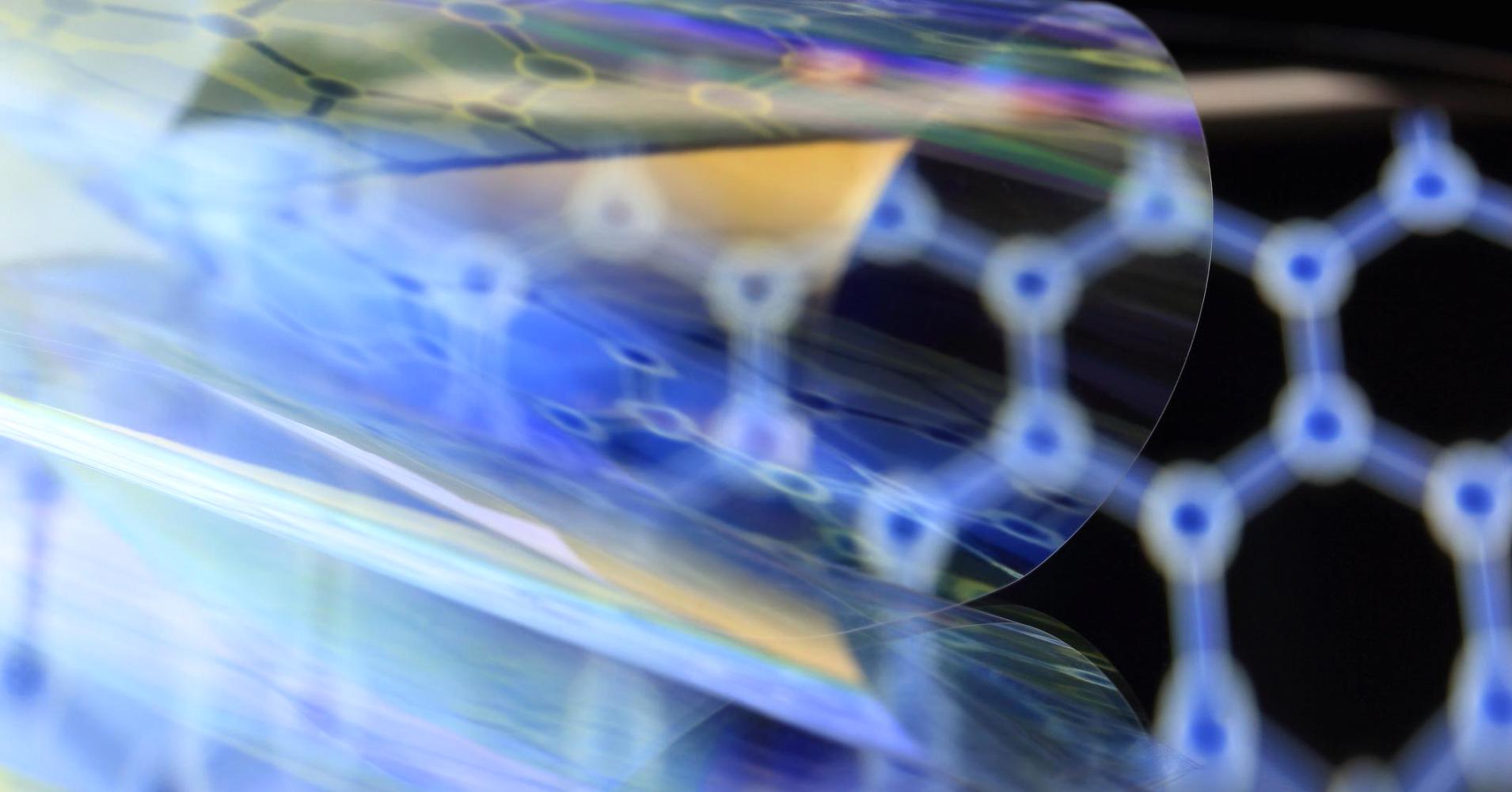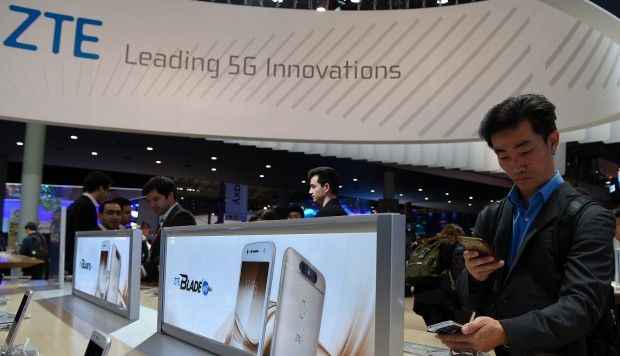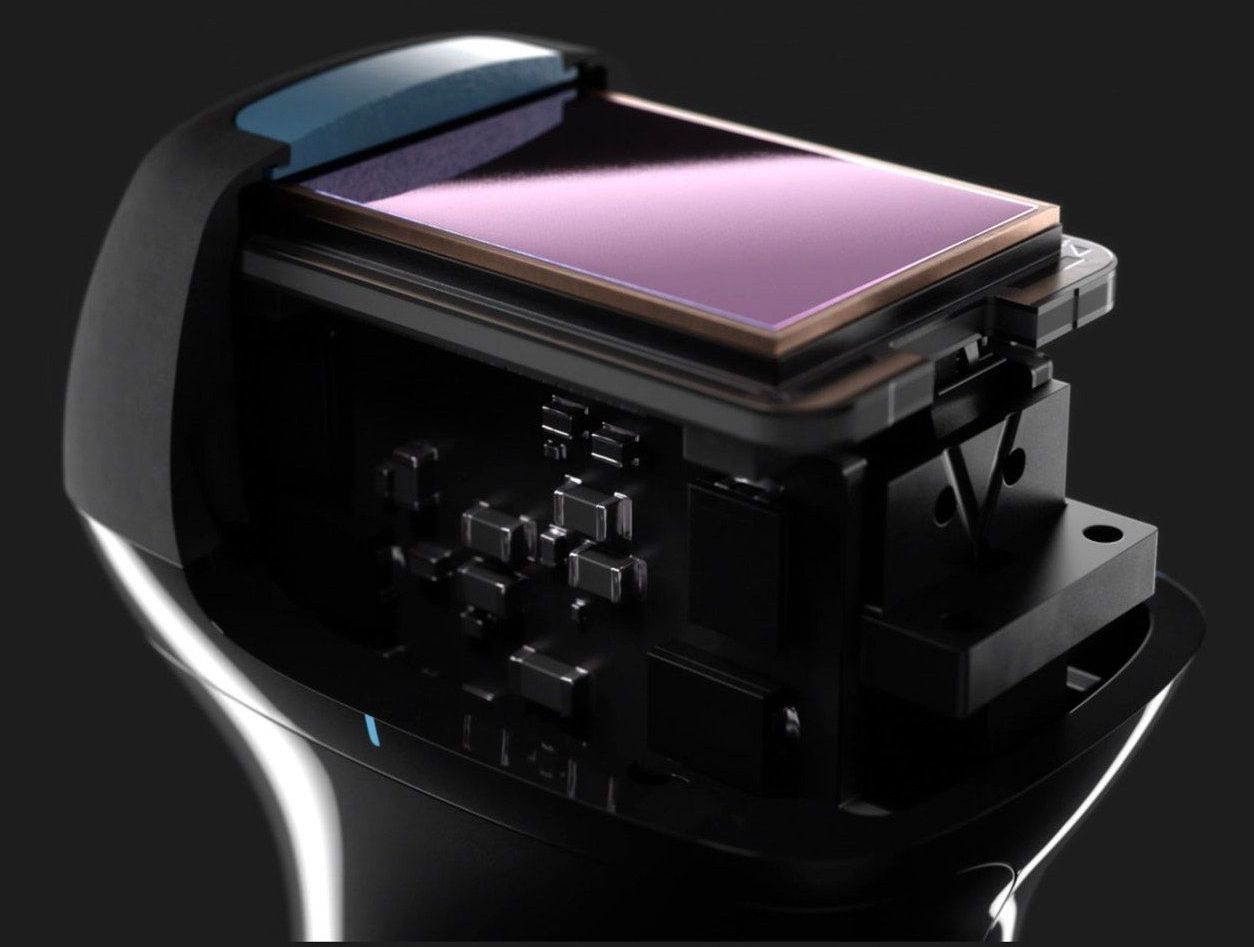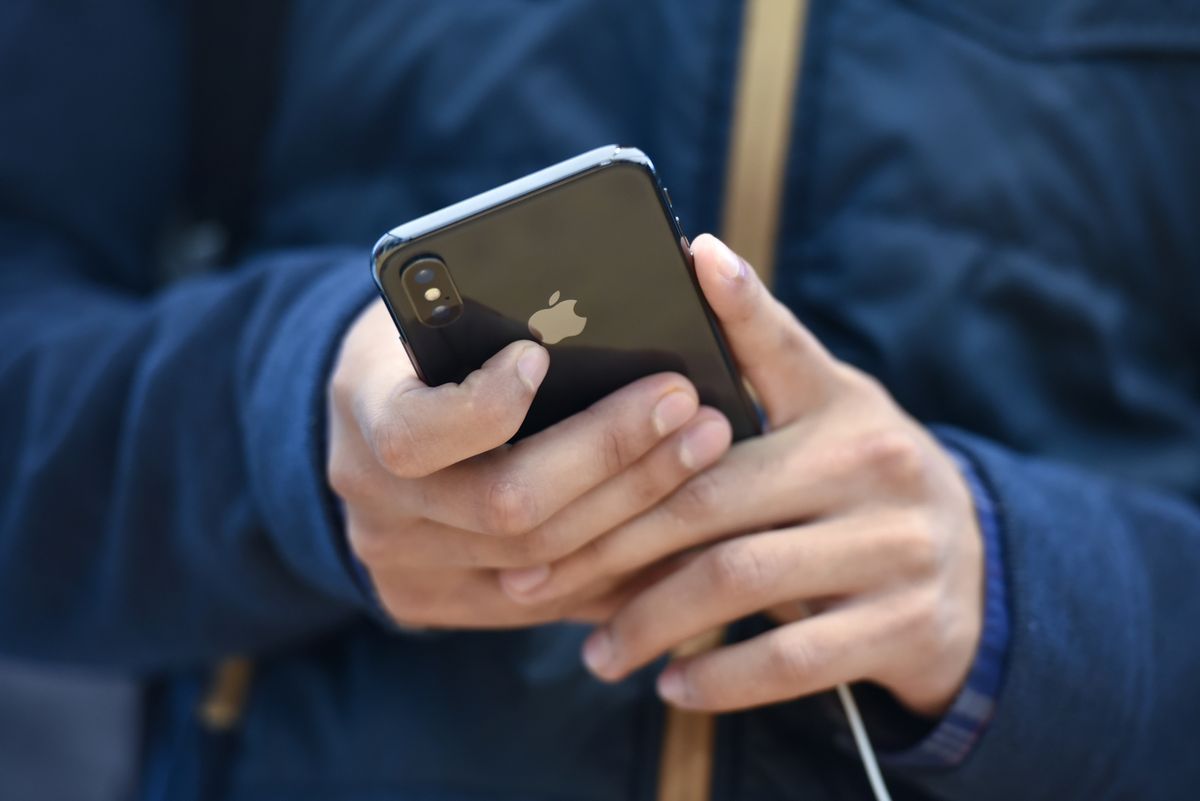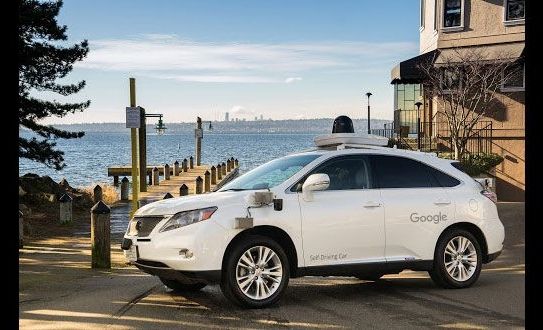Researchers at the Samsung Advanced Institute of Technology (SAIT) have managed to develop a “graphene ball” which could transform the way we think about batteries.
In a statement on Tuesday, South Korean tech giant Samsung described the graphene ball as a “unique battery material” which allows a 45 percent increase in capacity, as well as charging speeds that are five times faster than standard lithium-ion batteries.
In 2004 researchers at the University of Manchester, in England, managed to isolate graphene for the first time. According to the university, graphene is the thinnest material on the planet, is 200 times stronger than steel, transparent, and is also the world’s “most conductive material.”
